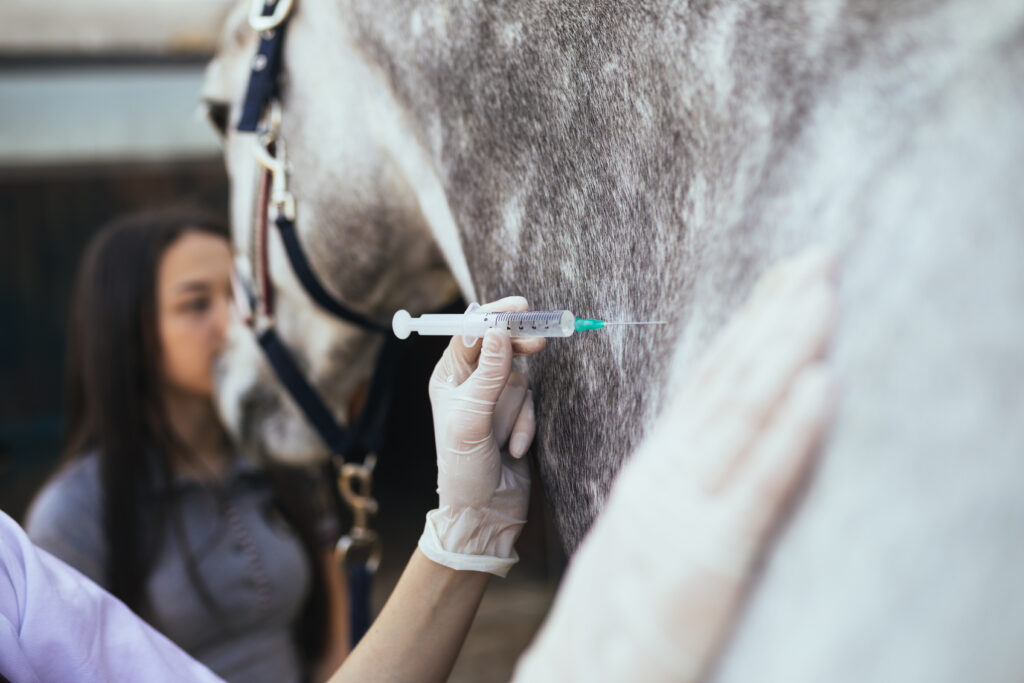HOME
Facing Fall Webworms

By Jessica Crabtree
Typically, web worms receive a bad reputation for their appearance in trees, disturbing the pristine look of a yard. Through much of August and all of September, large spots of white, silken webs could be seen throughout trees. At first glance, maybe a few took up residence. A few weeks later, many more joined. In this piece we will indentify the fall webworm as well as give the various methods in controlling the eye-sore.
Fall webworms occasionally get confused with bag worms. Hyphantria cunea (Drury) or fall webworms appear in the fall. They are native to North America, attaching themselves to more than 88 kinds of plants according to the Texas AgriLife Extension from a 2015 article titled, “Fall Webworm” By Bill Ree, Extension Program Specialist II–Entomology and Marty Jungman, Extension Agent–IPM. Such plants include many fruit, nut, ornamental trees and shrubs. Most popular are the pecan trees.
Fall webworm’s preference in plants changes per region. For instance, in West Texas the webworm prefers mulberry, poplar and willow. In East Texas, sweetgum, oak, hickory and pecan are a favorite. Surprisingly enough, the fall web worm will not attack pines and other needle-bearing trees, better known as conifers. (The Pinophyta, also known as Coniferophyta or Coniferae, or commonly as conifers, are a division of vascular land plants containing a single class, Pinopsida. They are gymnosperms, cone-bearing seed plants.)
To read more pick up a copy of the November 2017 NTFR issue. To subscribe call us at 940-872-5922.
HOME
Preparing Spring Gardens

By Hannah Claxton | Editor
The North Texas area is located within USDA Hardiness zones seven and eight. The zones are categorized by predicted low temperatures for winter and timing of the first and last frosts.
Zone seven usually has winter low temps between 0 and 10 degrees F with the average date of the first frost falling between Oct. 29 and Nov. 15 and the average date of the last frost falling between March 22 and April 3.
Overall, these two zones have similar climates and growing conditions, making the options for timing and variety within a garden very similar.
In these zones, cool-season crops should go in the ground in March, meaning that soil preparation should start now.
To read more, pick up a copy of the January edition of North Texas Farm & Ranch magazine, available digitally and in print. To subscribe by mail, call 940-872-5922.

HOME
Equine Vaccinations

By Heather Lloyd
Vaccinations are a critical component of maintaining the health and well-being of horses, especially in environments where they are exposed to other animals, such as in the sport, show and performance arenas. Horses, like all animals, are susceptible to various infectious diseases that can spread quickly and cause serious harm.
A routine vaccination schedule helps prevent the spread of these diseases by preparing the horse’s immune system.
To read more, pick up a copy of the November edition of North Texas Farm & Ranch magazine, available digitally and in print. To subscribe by mail, call 940-872-5922.

HOME
Wichita Falls Area Cattlewomen

Having herds on a controlled breeding schedule means that we have a predictable calving schedule, and while it’s only over a couple of months, for us it does fall right after the start of the year. I lobby annually to call ours the “Winter calving season”, but I am outvoted and my husband still refers to it as Spring. Unlike producers in our Northern States, we don’t have to contend with brutally harsh winter weather, and on those rare times we do, thankfully it is not for extended periods. Regardless of whether you have a Spring or a Fall calving schedule, the health of a newborn calf begins with the mother’s health, and the mother’s health is largely dependent on the producer.
To read more, pick up a copy of the November edition of North Texas Farm & Ranch magazine, available digitally and in print. To subscribe by mail, call 940-872-5922.

-

 Country Lifestyles2 years ago
Country Lifestyles2 years agoScott & Stacey Schumacher: A Growth Mindset
-

 Country Lifestyles8 years ago
Country Lifestyles8 years agoStyle Your Profile – What your style cowboy hat says about you and new trends in 2017
-

 HOME8 years ago
HOME8 years agoGrazing North Texas – Wilman Lovegrass
-

 Outdoor10 years ago
Outdoor10 years agoButtercup or Primrose?
-

 Country Lifestyles5 years ago
Country Lifestyles5 years agoAmber Crawford, Breakaway Roper
-

 Country Lifestyles9 years ago
Country Lifestyles9 years agoJune 2016 Profile – The man behind the mic: Bob Tallman
-

 Country Lifestyles8 years ago
Country Lifestyles8 years agoDecember 2016 Profile, Rusty Riddle – The Riddle Way
-

 Equine1 year ago
Equine1 year agoThe Will to Win




